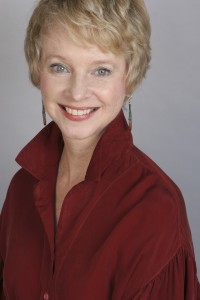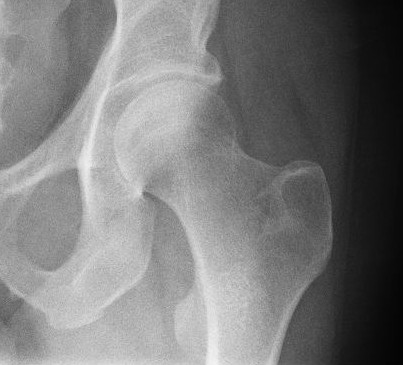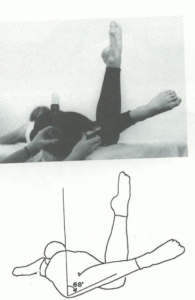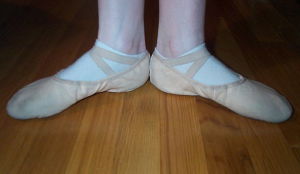by Jan Dunn, MS
We recently posted an article showing you the first part of a terrific foot warm-up, from the Franklin Method, using small balls—and if you’ve been trying it, you may have learned that it warms up more than just the feet!
I promised you the 2nd half, for both feet, and here it is. I suggest you read this full article first, as opposed to following along as I describe it. This is very much a balance / core stability challenge, and I want to give you some cues along the way. So read first / do afterwards, incorporating the cues…
First do right foot / left foot individually, as shown in Part 1. Then –
Up And Over
Put both balls together, a couple inches apart. Brace your heels on the ground, and put your forefoot on the balls, with knees straight. You’ll notice a nice Achilles stretch as you take that position.

Roll up and over the balls, so that your toes are now braced on the floor, with your heels on the balls. Keep your knees straight as you do this.

Practice rolling back and forth, with knees still straight, from toes to heels, keeping your body centered and aligned. Your feet are basically going from plantar flexion (pointing) to dorsi-flexion (ankle flexion), in anatomical terms.

























